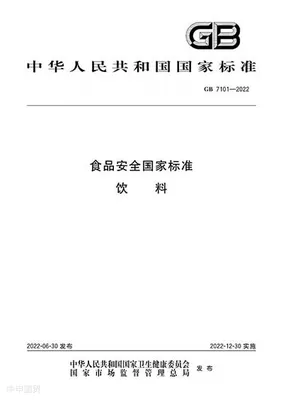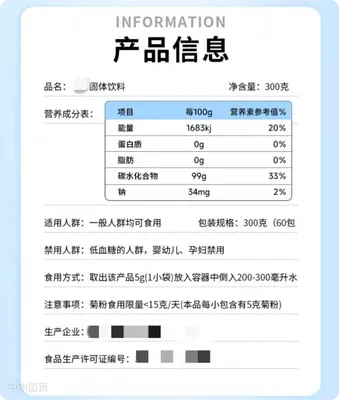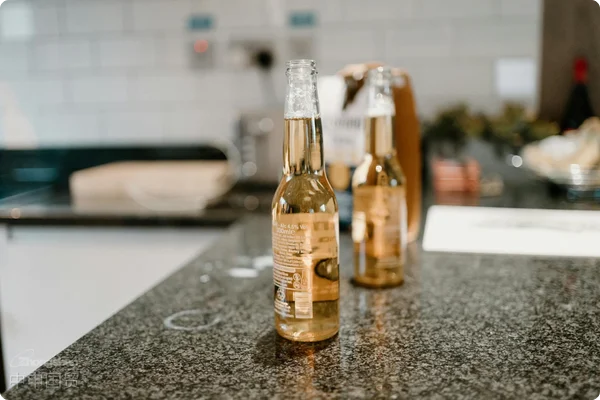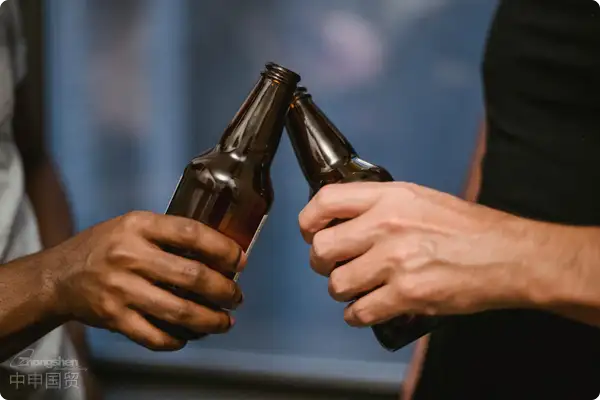- Shanghai Zhongshen International Trade Co., Ltd. - Two decades of trade agency expertise.
- Service Hotline: 139 1787 2118
According to the National Food Safety Standard for Beverages (GB 7101-2022) implemented on December 30, 2022, here are the standard changes and key points for imported beverages:

Scope and Definitions:
Sensory Requirements:
Physicochemical Indicators:
Microbial Limits:
Settlement and Tax Refund ManagementLabel requirements:

Imported beverages must comply with the new standard requirements. As an importer, you need to ensure that the beverages you import meet Chinas National Food Safety Standard (GB 7101-2022). Before importing, it is recommended that you collaborate with suppliers and request corresponding product test reports and compliance certificates to ensure the beverages meet all requirements of the new standard. Additionally, you must pay attention to the labeling requirements for imported beverages, ensuring that necessary information is indicated on the labels, such as product type (live or non-live), lactic acid bacteria content, and storage and transportation requirements.
Please note that the above information only summarizes some of the major changes and requirements of the National Food Safety Standard for Beverages (GB 7101-2022). For accurate and detailed information, refer to the official standard document.
Related Recommendations
Category case
Contact Us
Email: service@sh-zhongshen.com
Related Recommendations
Contact via WeChat

? 2025. All Rights Reserved. Shanghai ICP No. 2023007705-2  PSB Record: Shanghai No.31011502009912
PSB Record: Shanghai No.31011502009912








